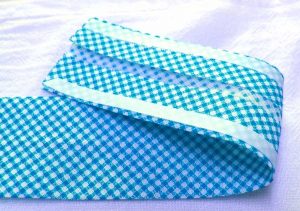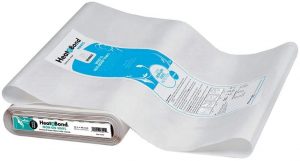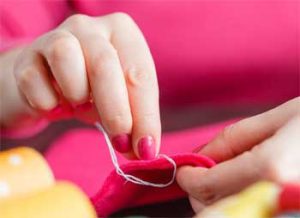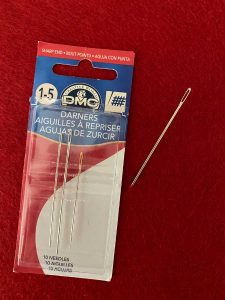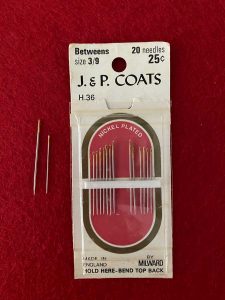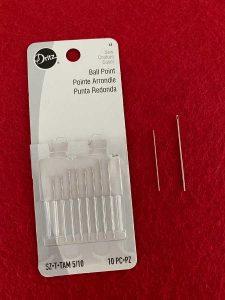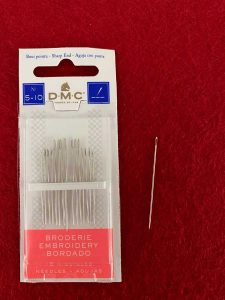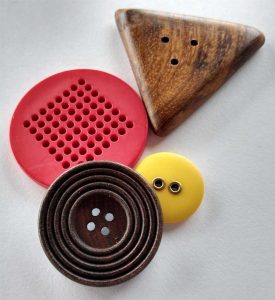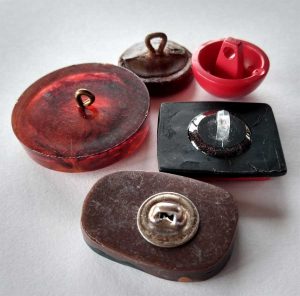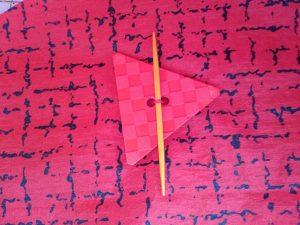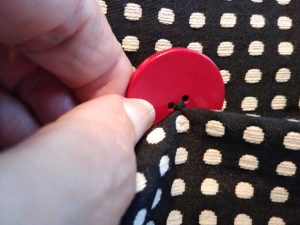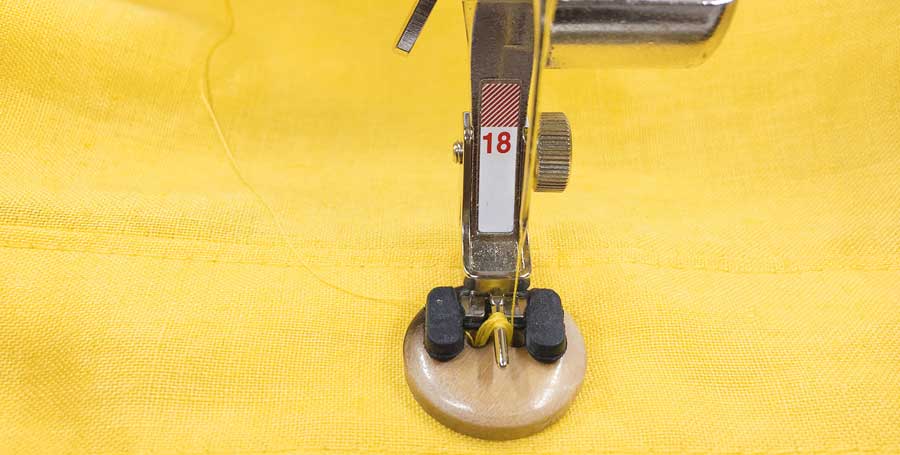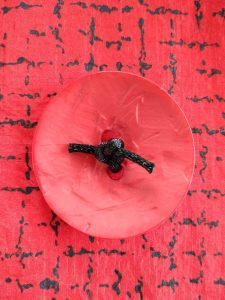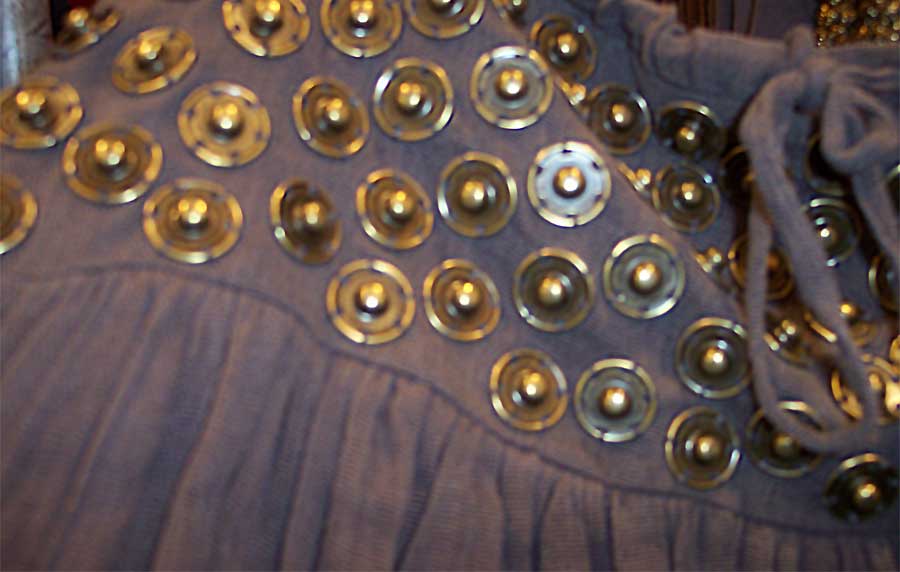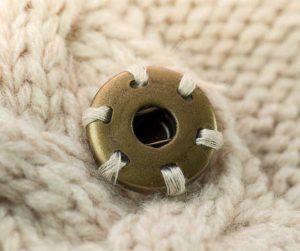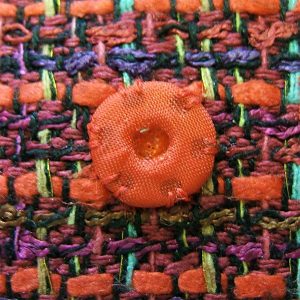We recently had the pleasure of talking with Kimberly Jolly, owner of the Fat Quarter Shop and It’s Sew Emma. Between those two companies, she covers all sorts of quilting and cross stitching fabrics, supplies, and patterns. It was great fun to hear how this accountant turned creative and made her journey to where she is today. And it was especially interesting to hear about her connection to the Make a Wish campaign! Learn about her patterns, fabrics, subscription clubs and YouTube channel in this 20 minute video.
~Sheryl Belson





 When fusible products first arrived into the home sewing marketplace, they were stiff and frequently made the fabric bubble or wrinkle due to adhesion issues. Today, these new and improved heat-activated adhesive products are a boon to our sewing tasks. Let’s take a look at some of what you’ll find to expedite your sewing adventures.
When fusible products first arrived into the home sewing marketplace, they were stiff and frequently made the fabric bubble or wrinkle due to adhesion issues. Today, these new and improved heat-activated adhesive products are a boon to our sewing tasks. Let’s take a look at some of what you’ll find to expedite your sewing adventures.
